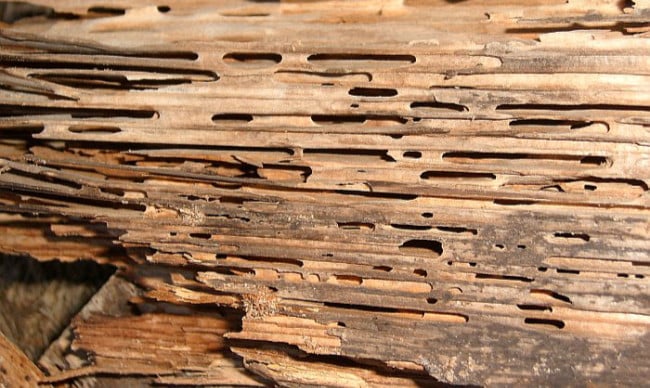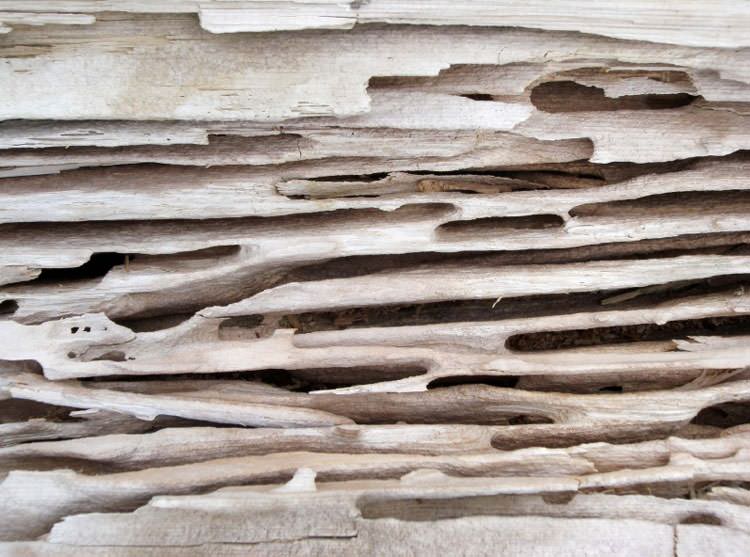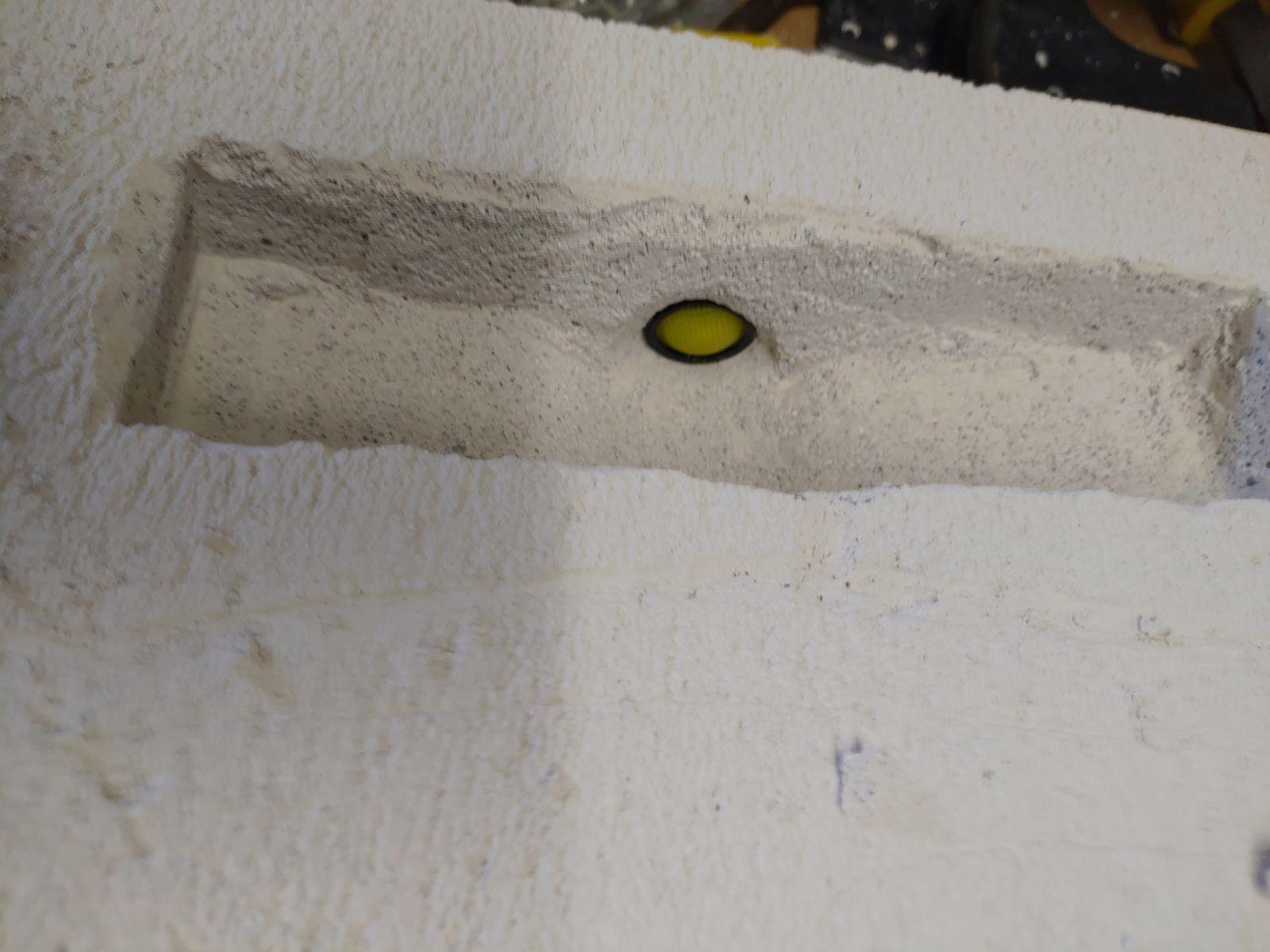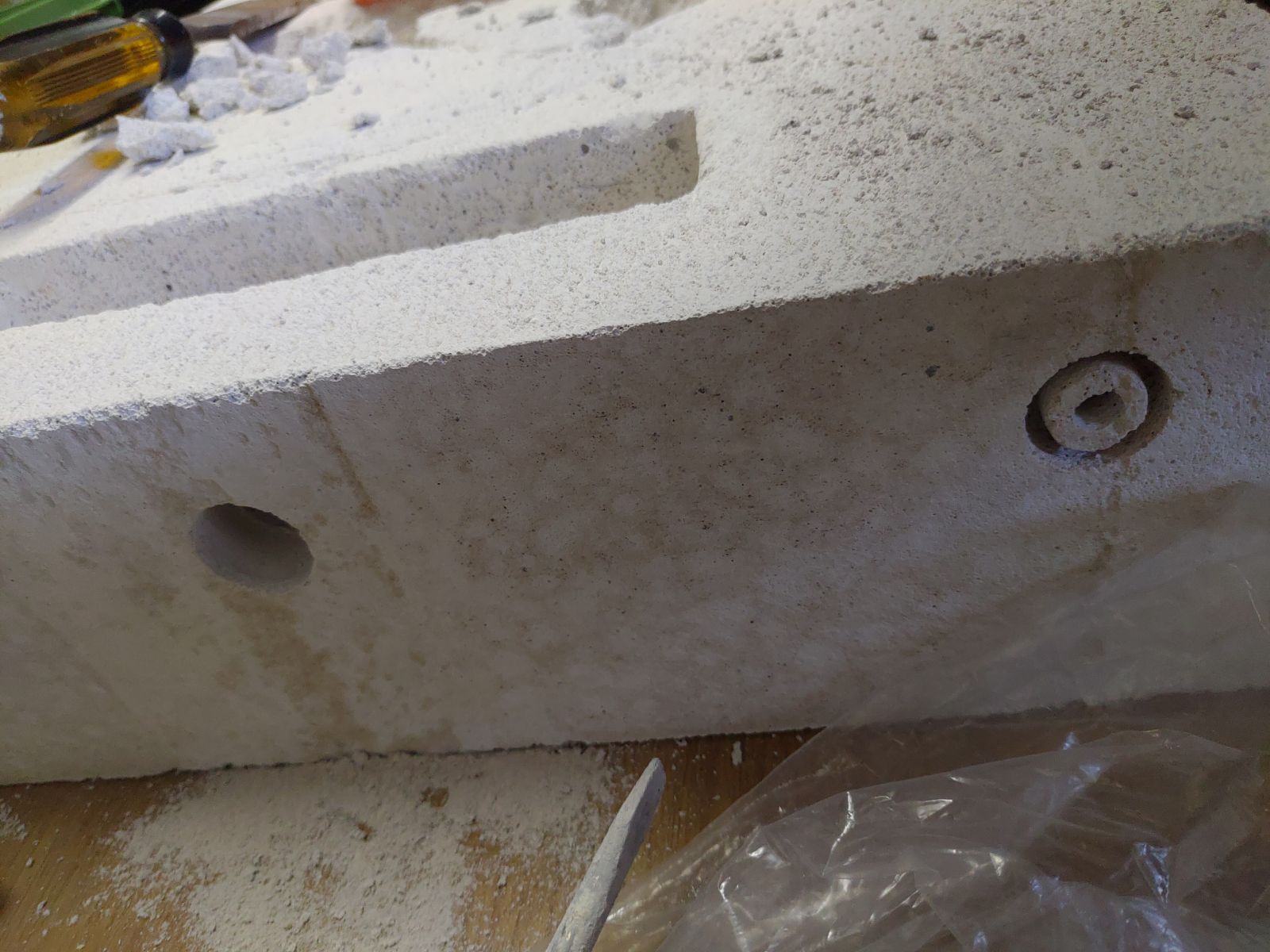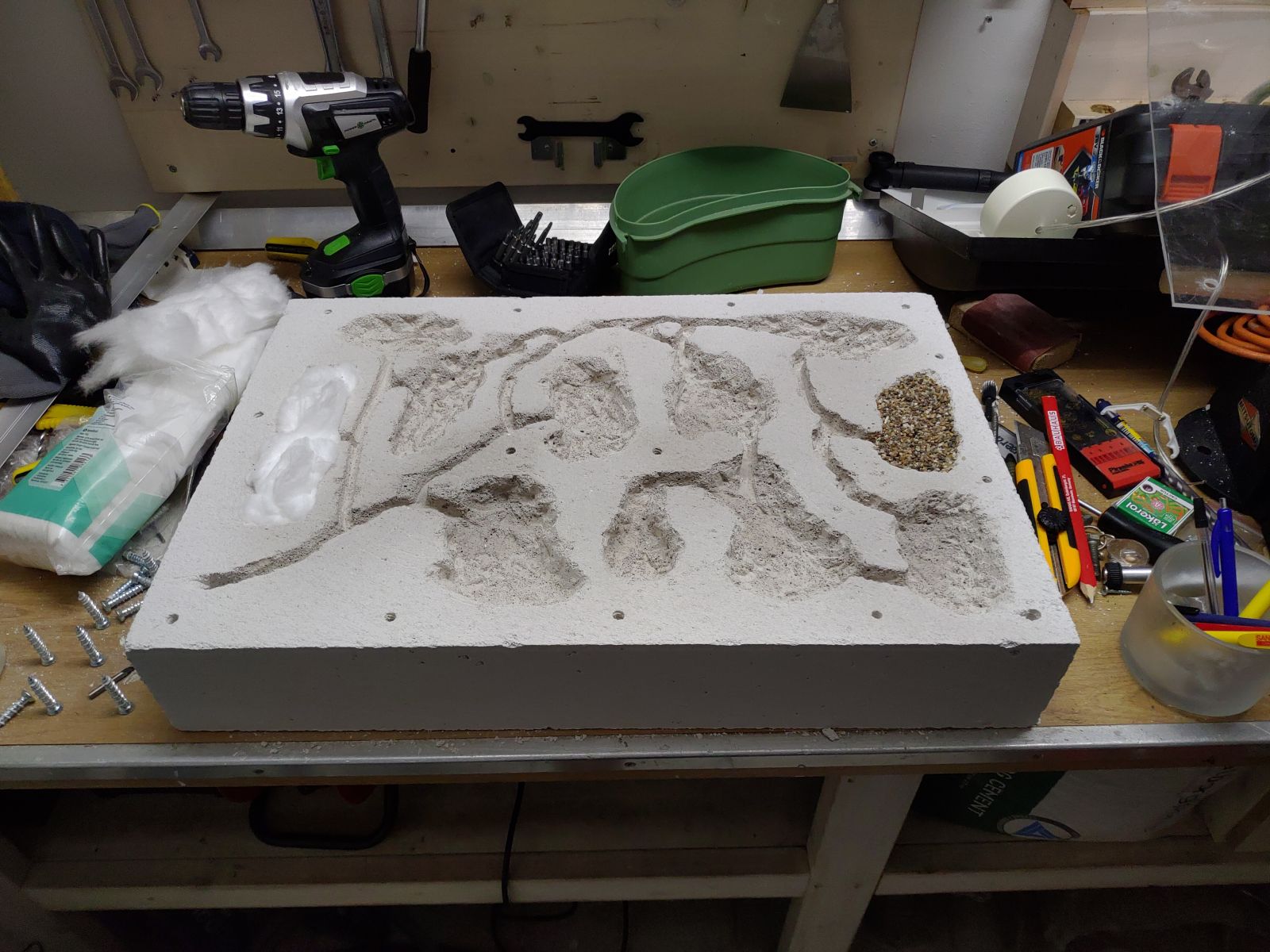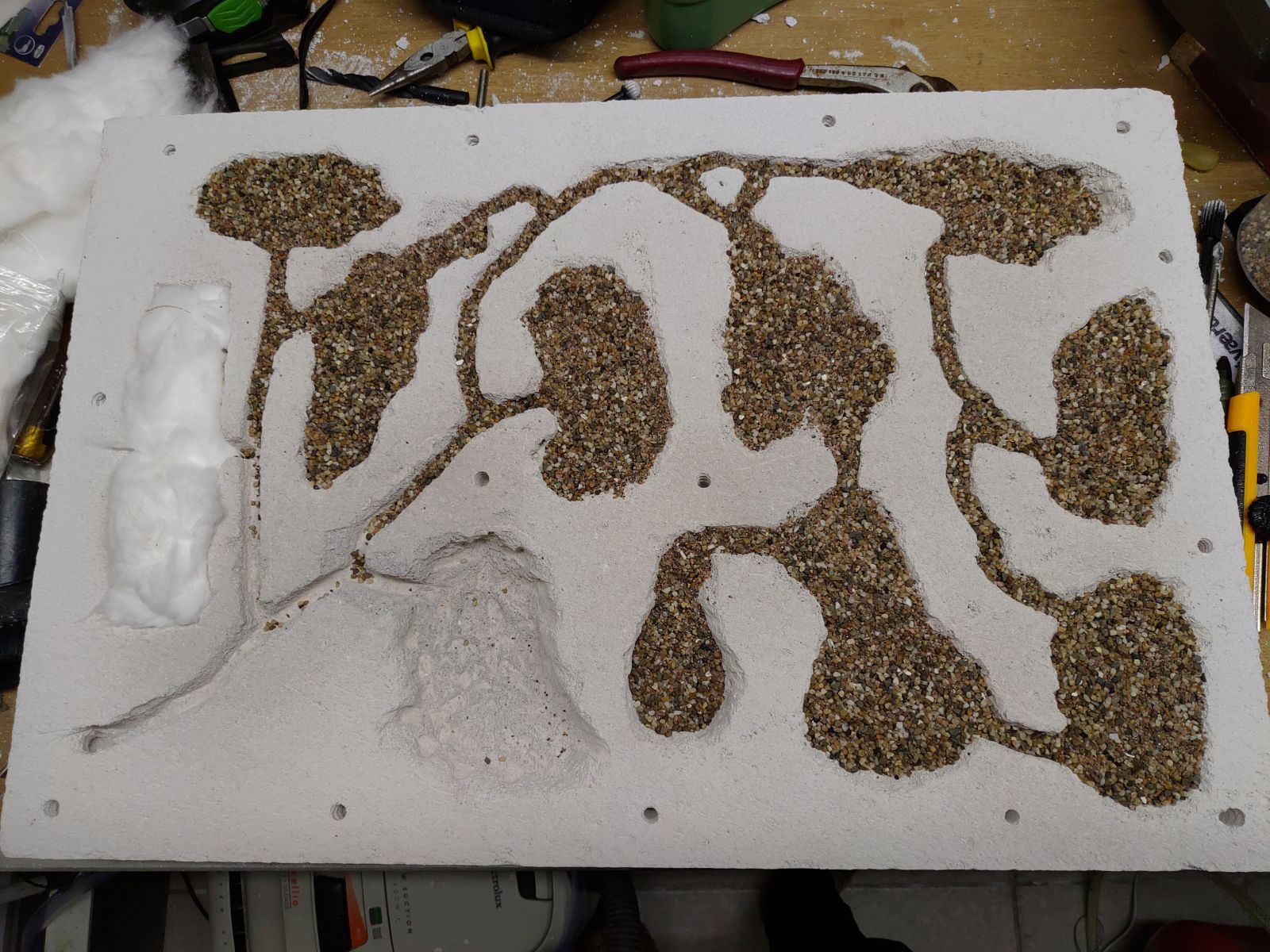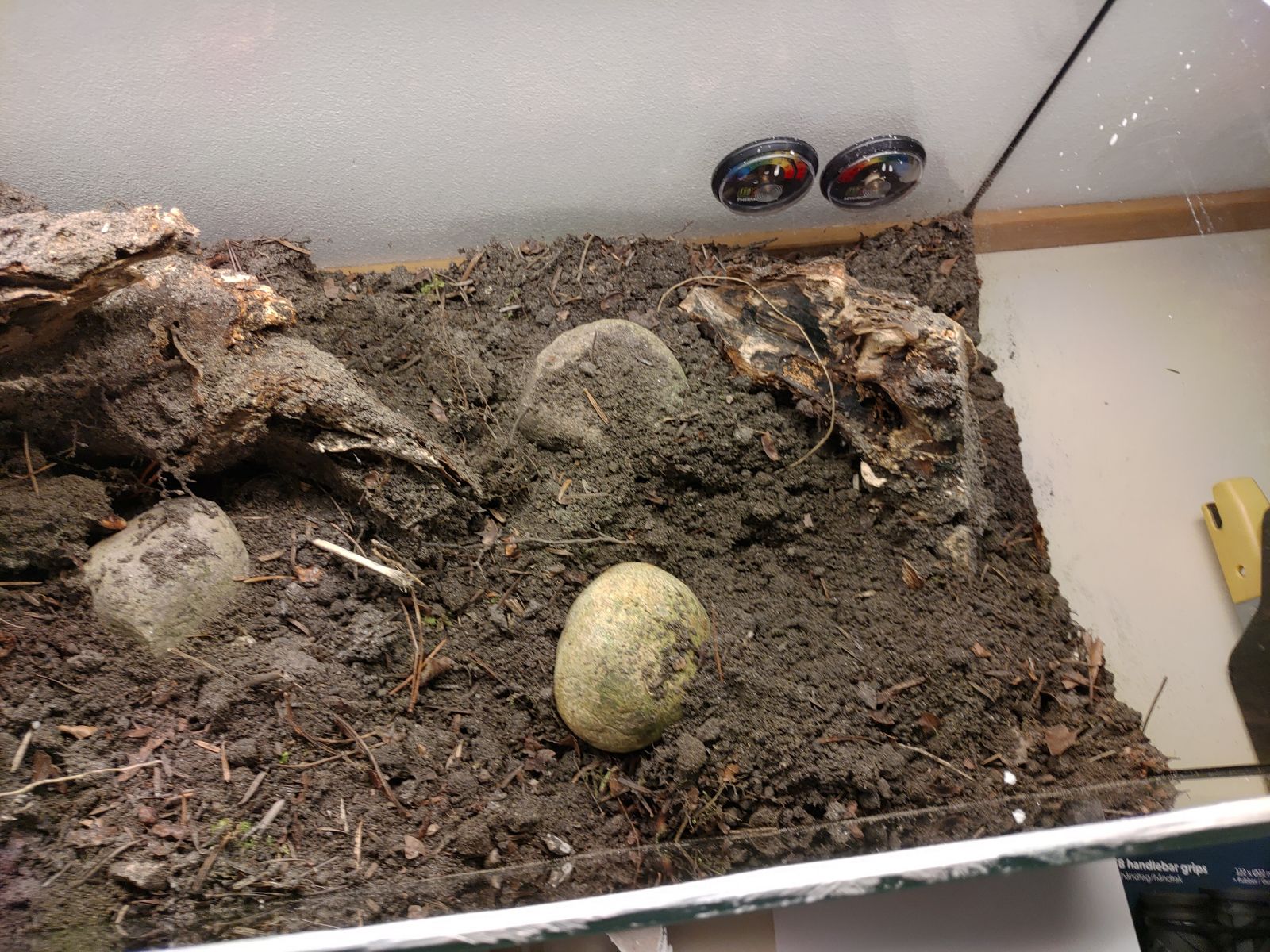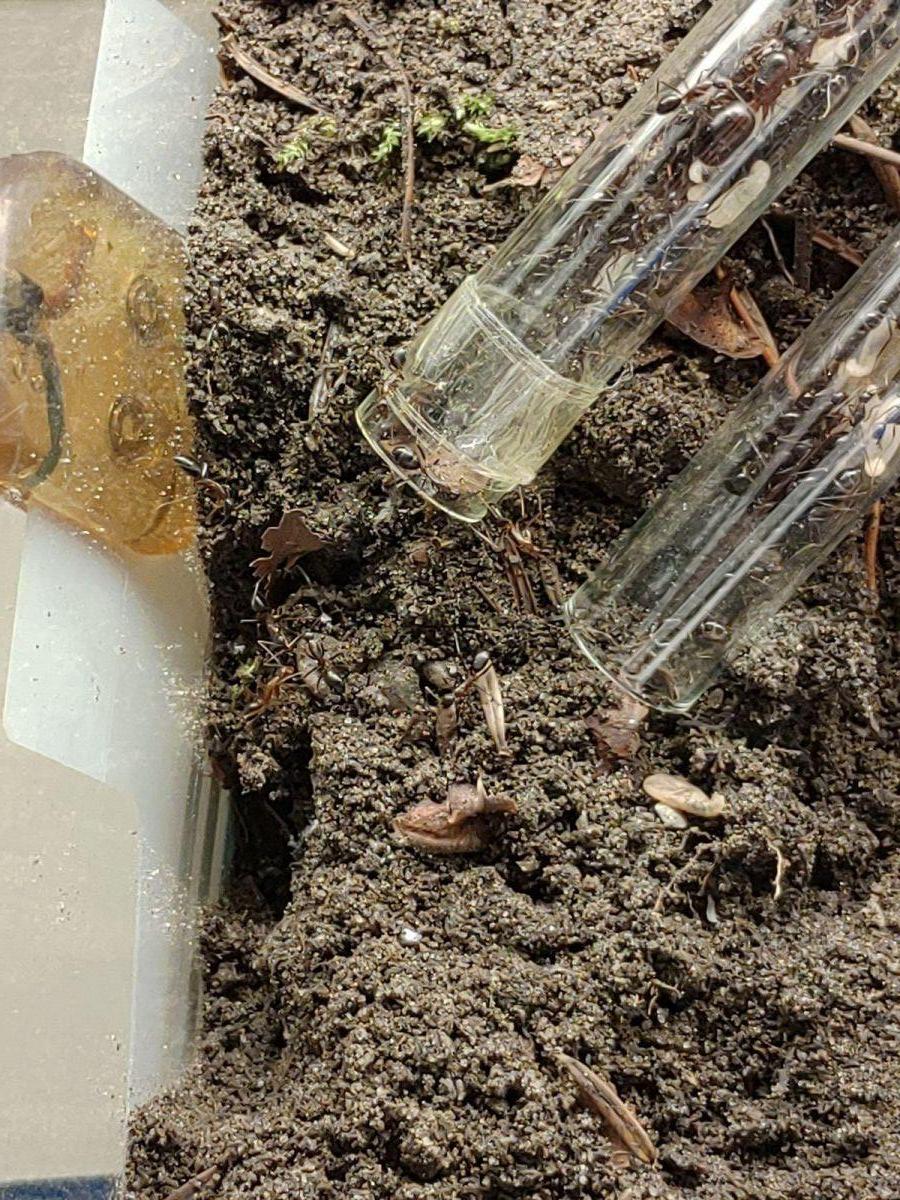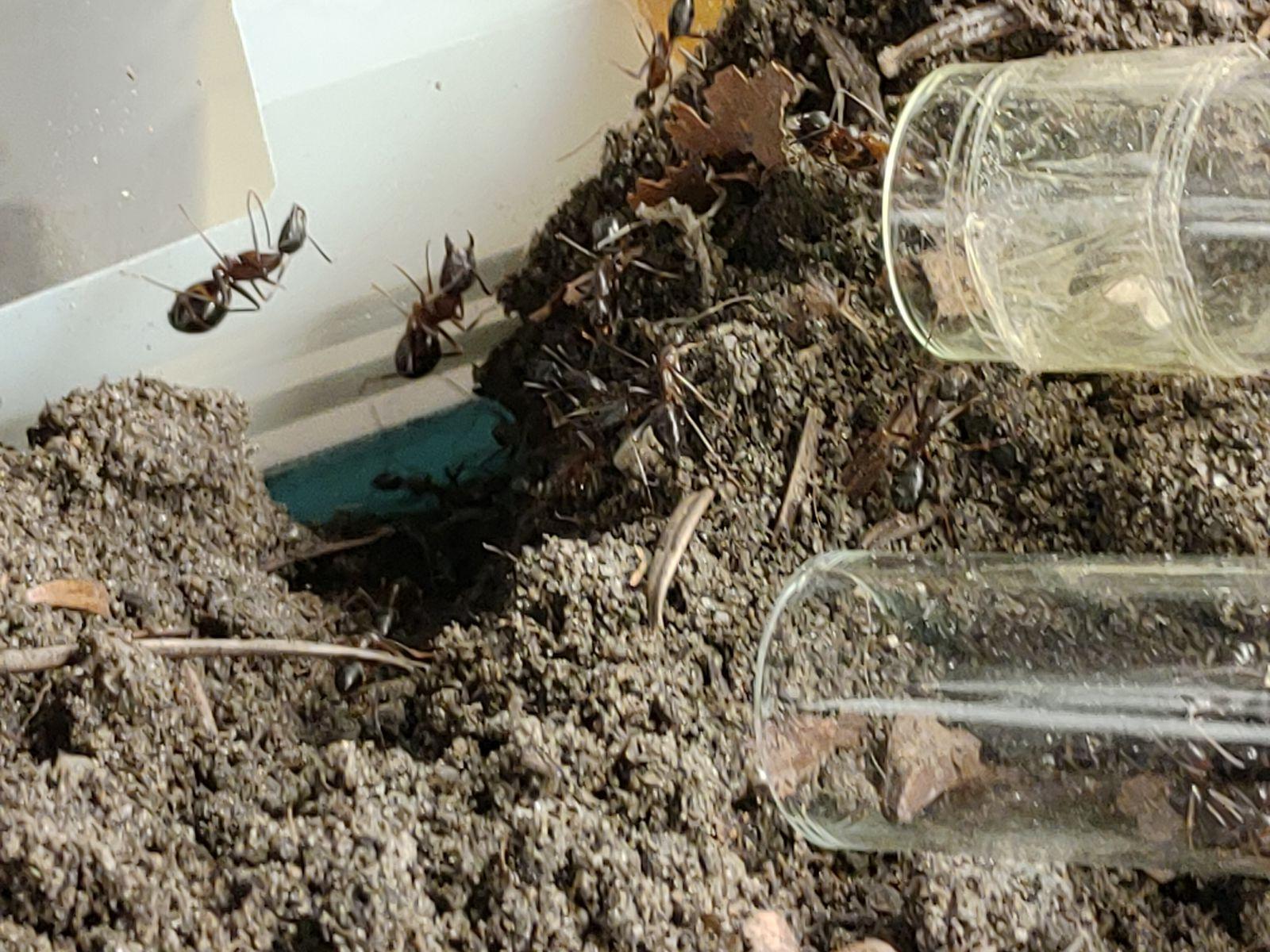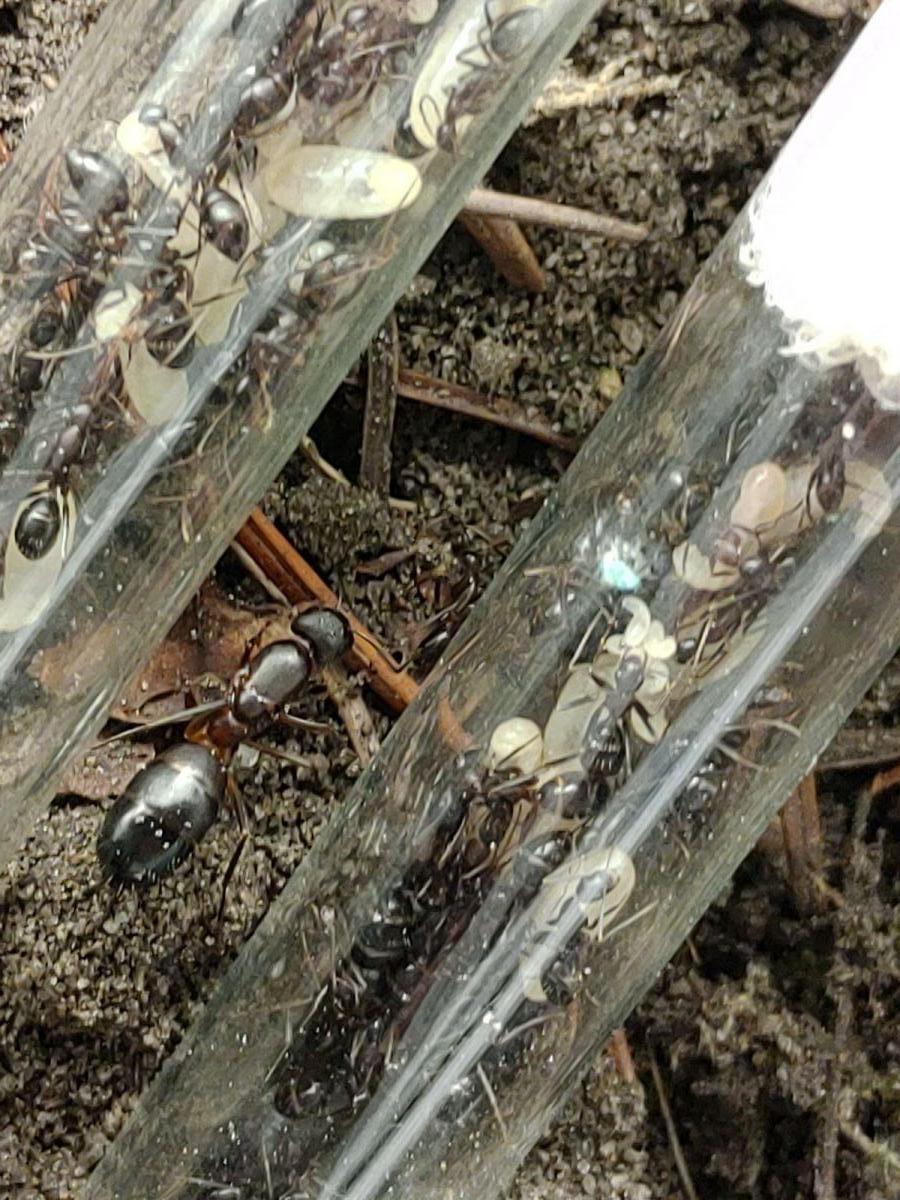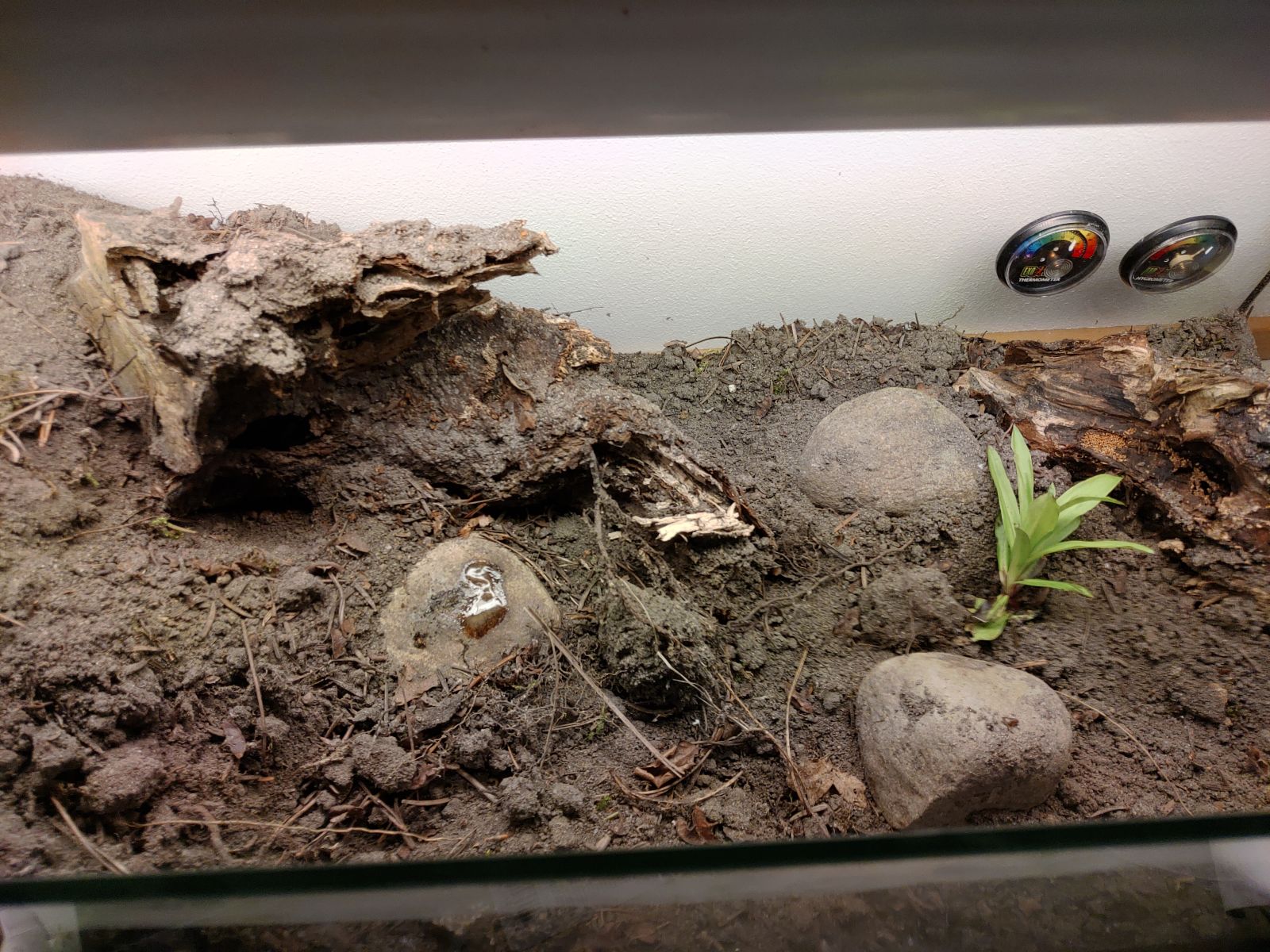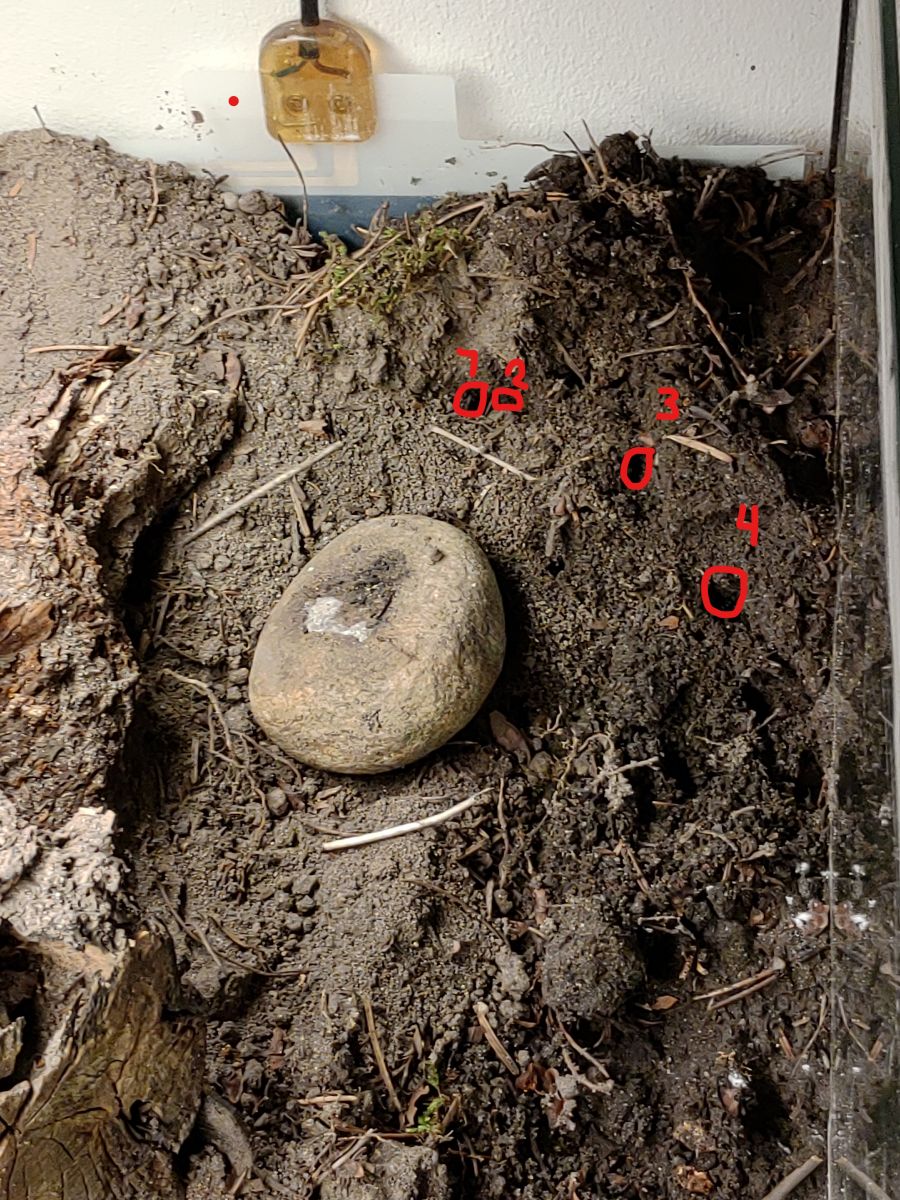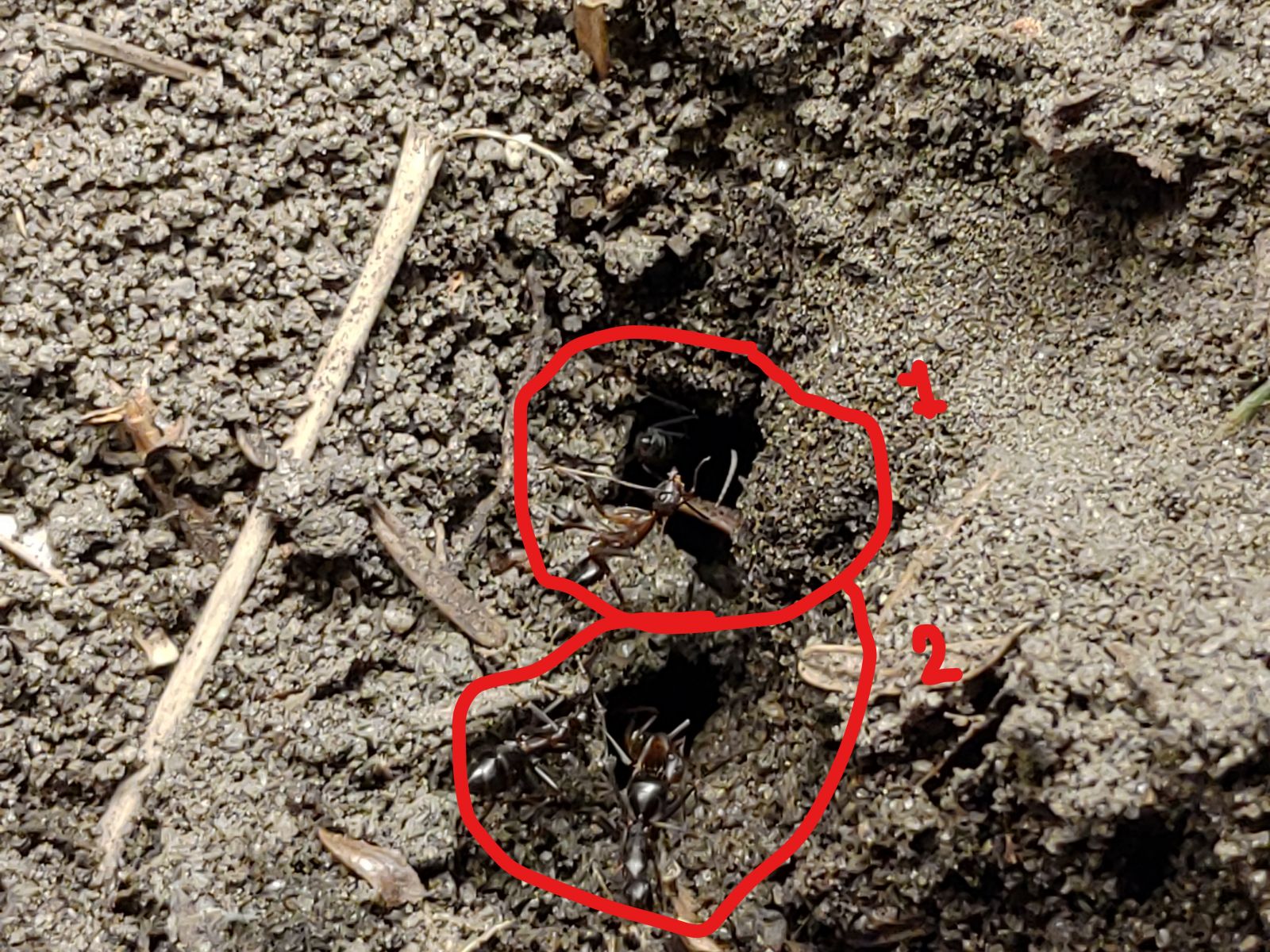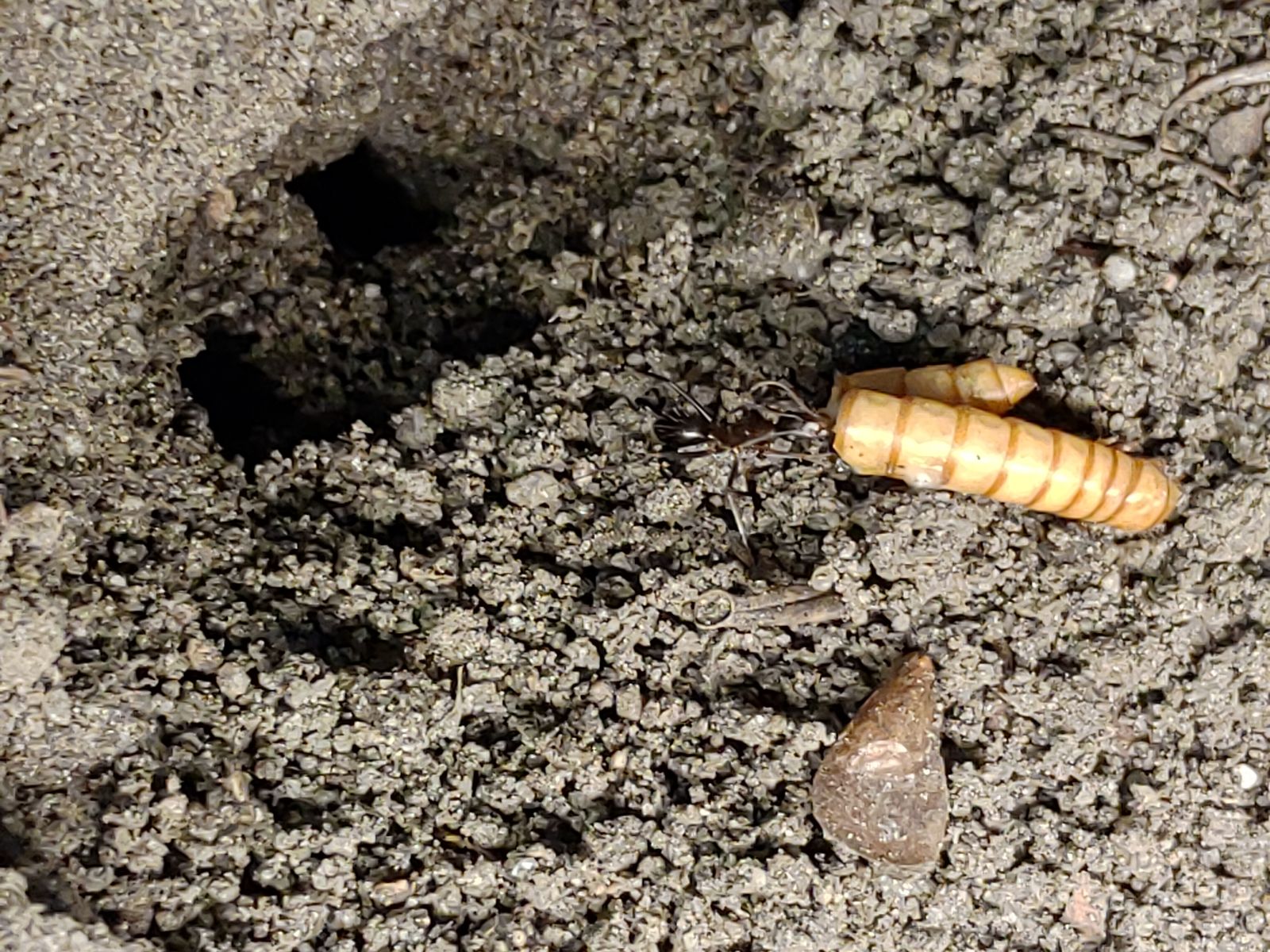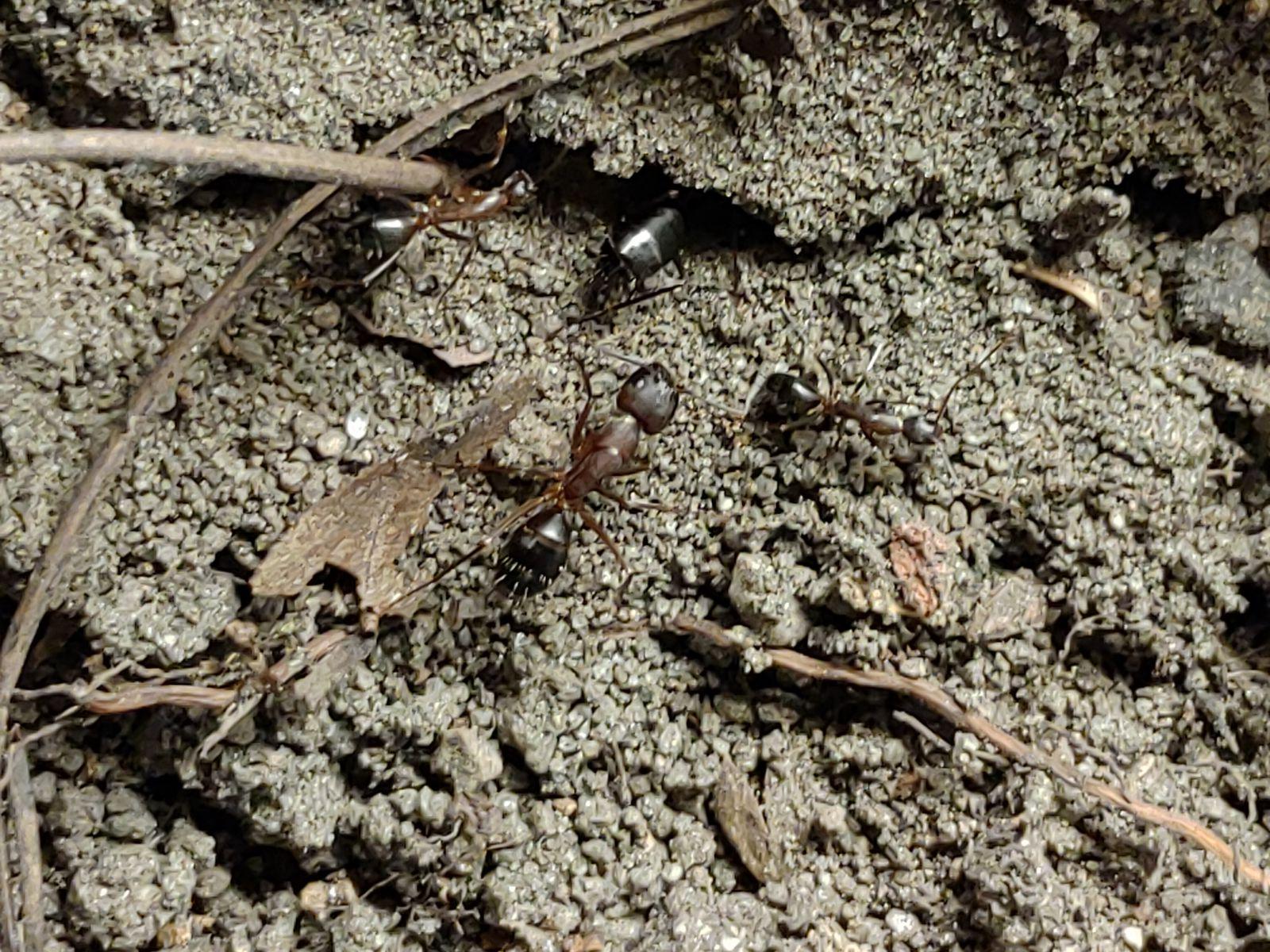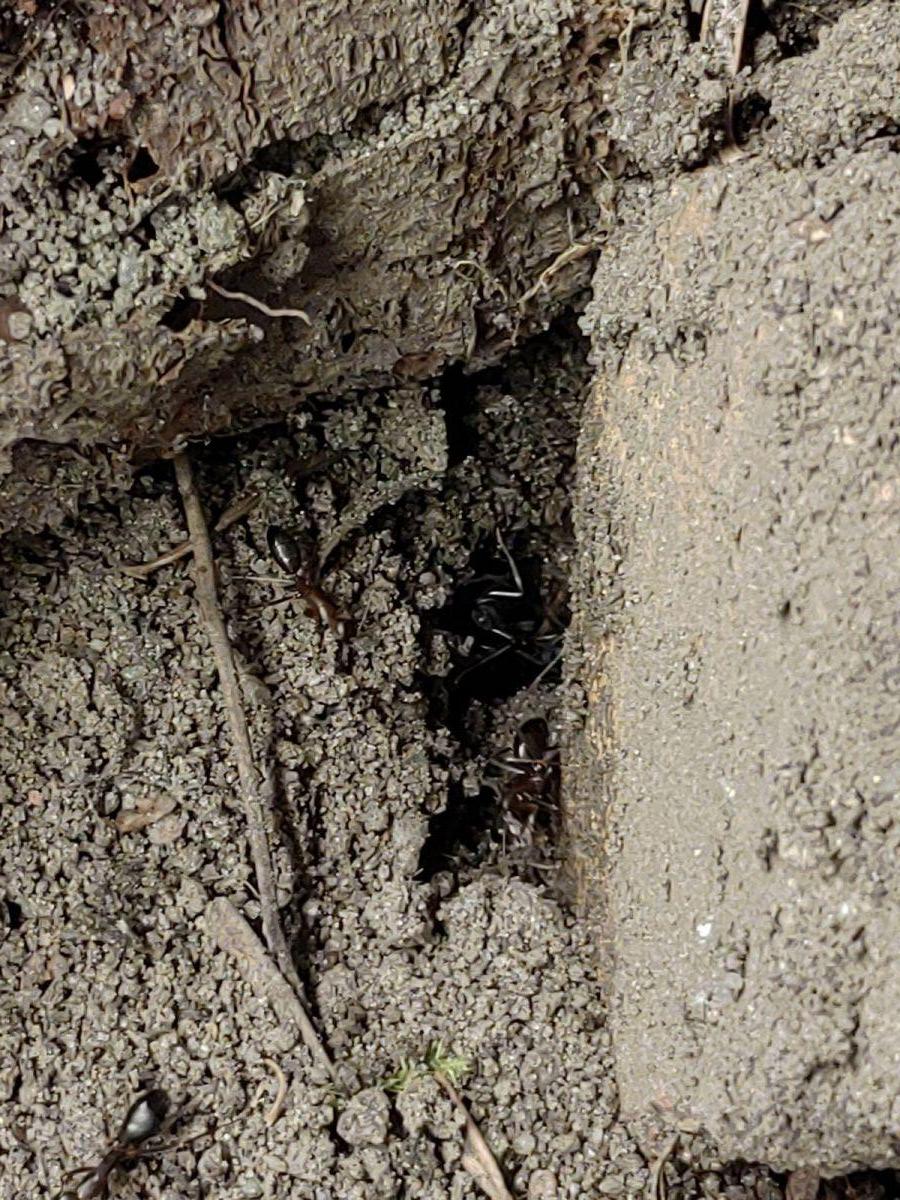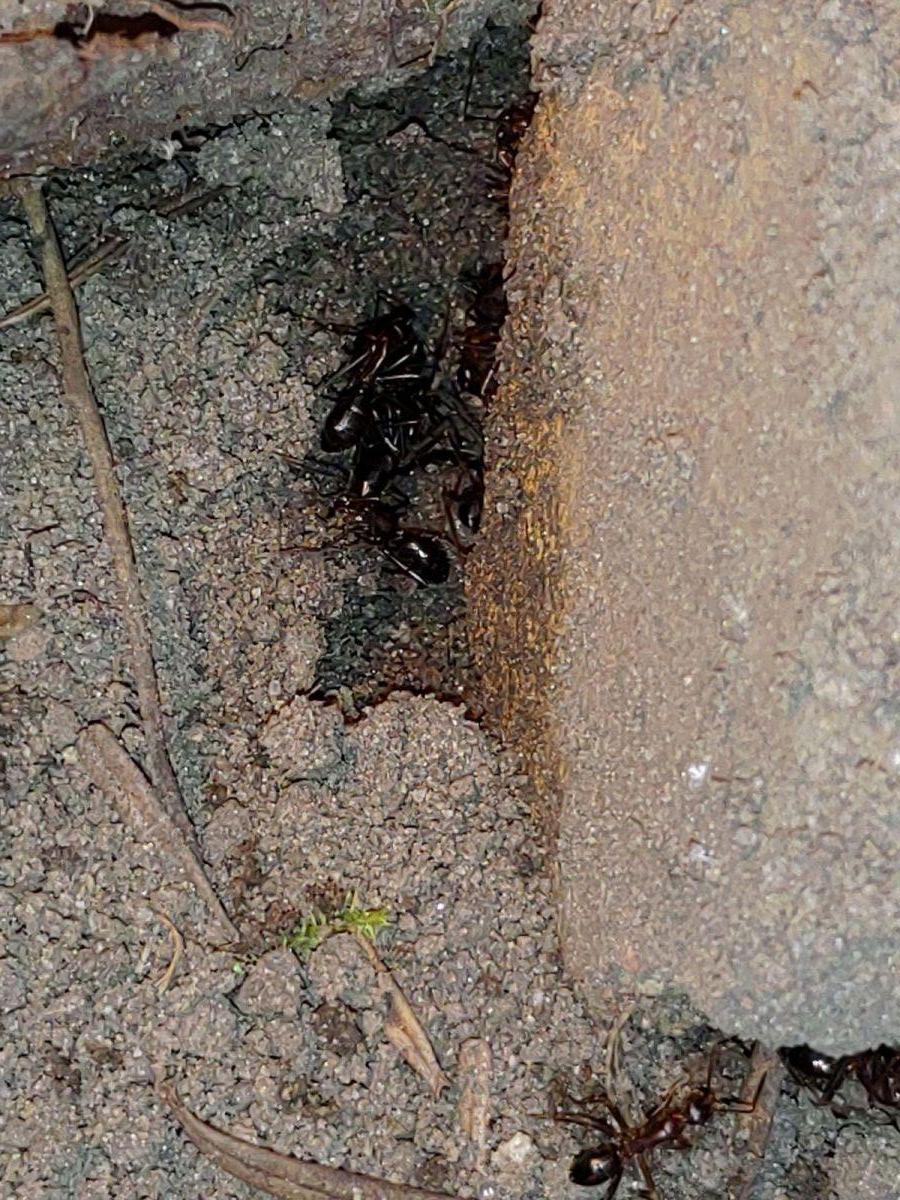Lisberg's Wonder Ants
So today, i received my new ants from "skocko76". The trip from Croatia to Denmark took about 4 days, and no ants were lost in transit.
I've been waiting for an opportunity as Camponotus Barbaricus for a long time - and the small colony i received is beautiful.
But before i show them off, i want to show you how i went about, making a formicarium:
First of all, i wanted give my ants the most natural setup.. this means in time, i want to move them to an aquarium and let them live their lives there. To start with a man-made home should be sufficient.
So step 1; Material.
I went out to buy a Bauroc stone, the price is fairly low at roughly 4$. Its make of a type of concrete that is bio-friendly, non-toxic and non-acidic. Also is possible to dig out with powerless tools, but not so soft that the ants can dig in it.
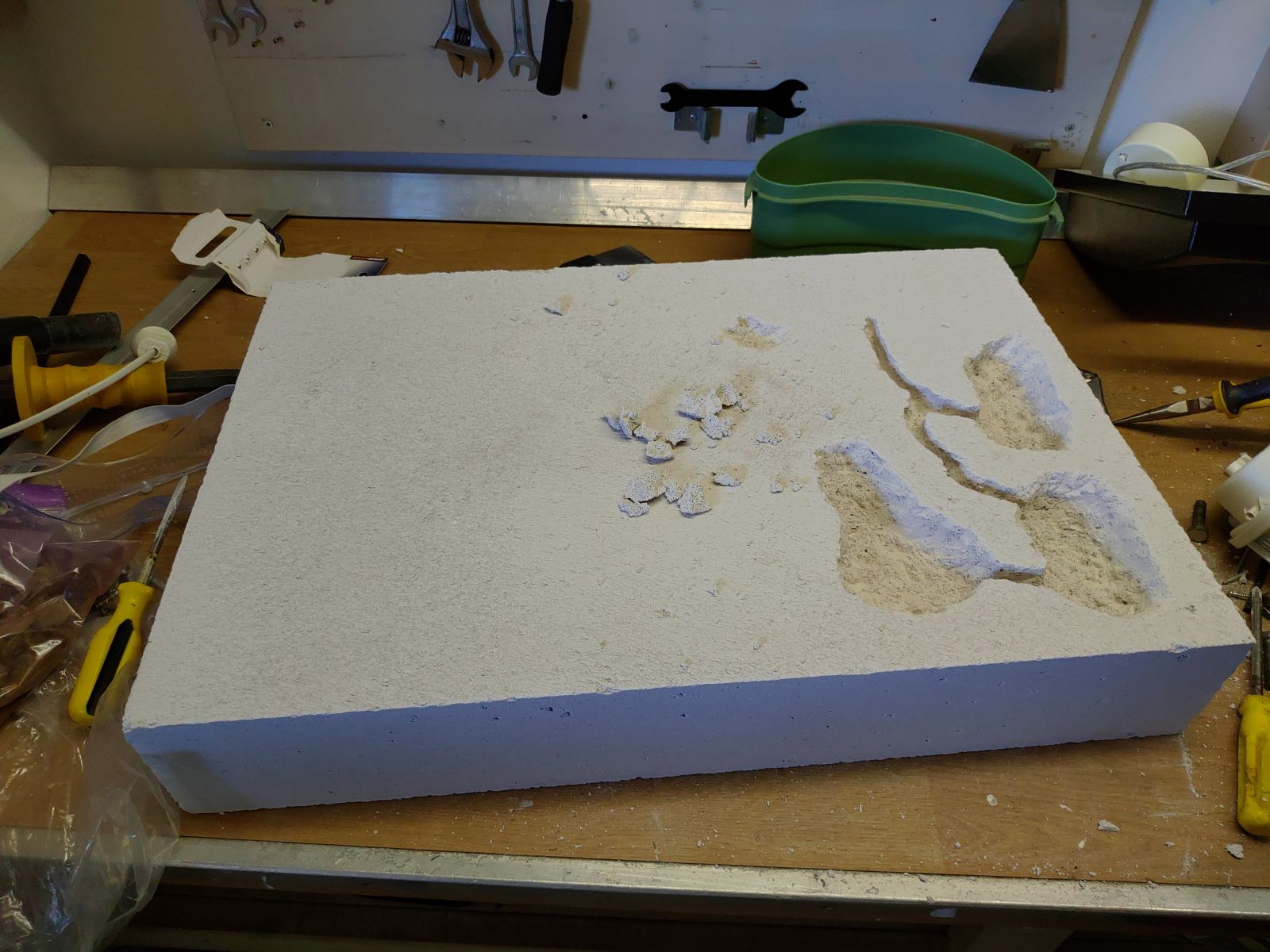
I was searching for data and research-papers on the why their nest in nature looks, but failed, so,... i made my best effort to make it life-like until their move into the aqaurium.
After a few hours the Bauroc looked like this;
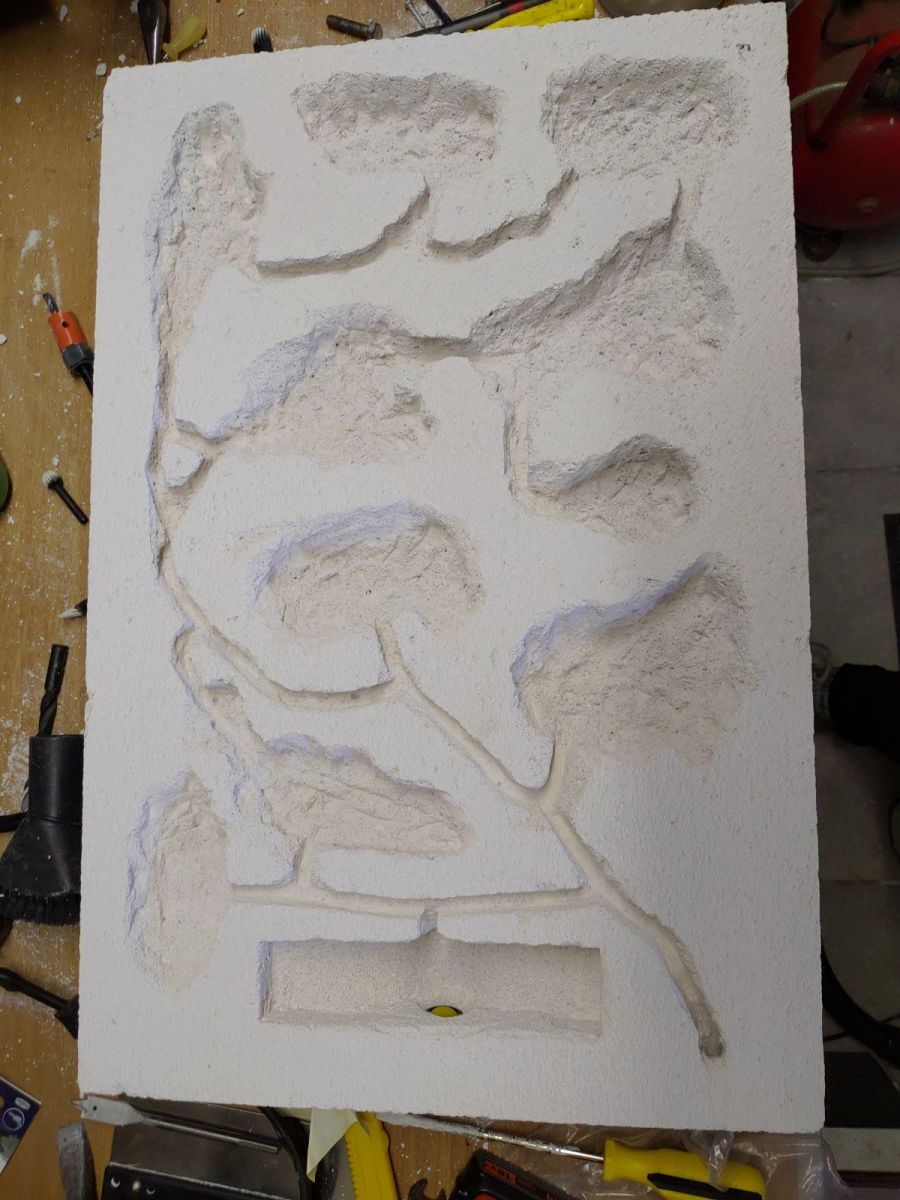
Edited by Lisberg, July 28 2019 - 1:59 PM.










